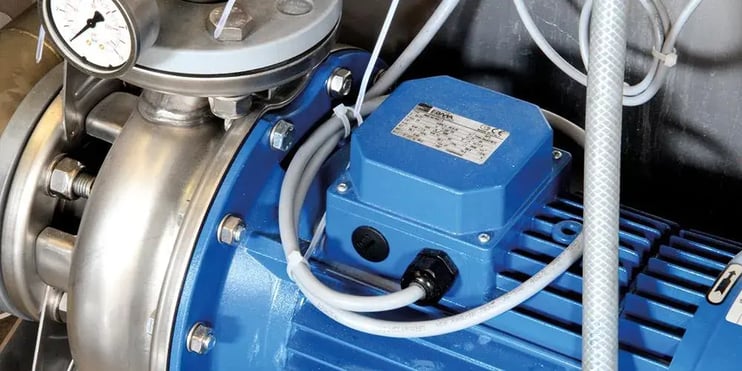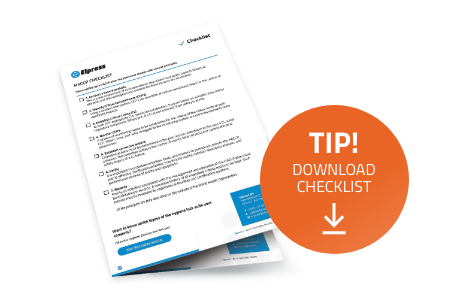An Elpress crate washer: sustainable and energy efficient

A crate washer must wash your load carriers optimally. The is your machine's most important purpose. But its a bonus if your machine is also sustainable and energy efficient.
In today's society a lot of attention is paid to sustainability. Within your company you probably also give it the necessary attention. On the one hand because it is better for the environment but also because of the cost saving. Elpress also thinks sustainability is of paramount importance. Our crate washers are environmentally friendly, energy efficient and efficient in their use of water.
A crate washer that handles water smartly
One of the most important starting points in the field of sustainability is the prevention of water wastage when washing the crates. In the smart design of the crate washers water efficiency is achieved through a filter system and a cascade. A cascaded system is a system whereby the water comes down steps from a place higher up and streams down to a lower location. In an Elpress crate washer the clean water that has been used for the rinse zone runs via a cascade down to the main wash zone. Where it is re-used.
In the same way with a two-tank washer the water from the main wash zone is also used again in the pre-wash zone. The re-used water in this zone is ideal for rinsing large pieces of residual dirt from the crates. Furthermore, water wastage (and energy) is avoided because the water supply closes off when there are no crates to be cleaned.

An energy-efficient crate washer
Elpress crate washers are fitted with an energy efficient IE pump. Additionally vapour extraction (optionally available) and heat recovery ensure a reduction in energy loss. A temperature sensor – the so-called Pt-sensor – inside the washer ensures that the heating element only works when the washing water temperature gets too low. As a result there will never be more energy used than is truly necessary.
Efficient crate washing
By recirculating the washing water you will need fewer litres of water. Not only is this sustainable but also saves costs. Of course optimal cleaning of the crates is ensured, even with less water.
Do you have a crate washer with a frequency regulator? Then you can manage the efficiency even better by, for example, setting the conveyor chain to a higher position for crates that are only slightly soiled. The crates then do not stay in the washer longer than necessary. This also saves water and energy.
The crate washer checklist
Do you want a quick and easy insight into what to think about when purchasing a crate washer? Then fill in the checklist 'Points to consider when buying a crate washer'. The checklist will provide you with the following:
- A better understanding of the variables involved in selecting a crate washer
- You will avoid making a hasty decision resulting in choosing the wrong crate washer for your business
- You will take the next step in selecting the perfect crate washer for your business.
.webp)





.jpg?width=600&height=300&name=eCIS-(4).jpg)
.jpg?width=600&height=300&name=eCIS-(2).jpg)